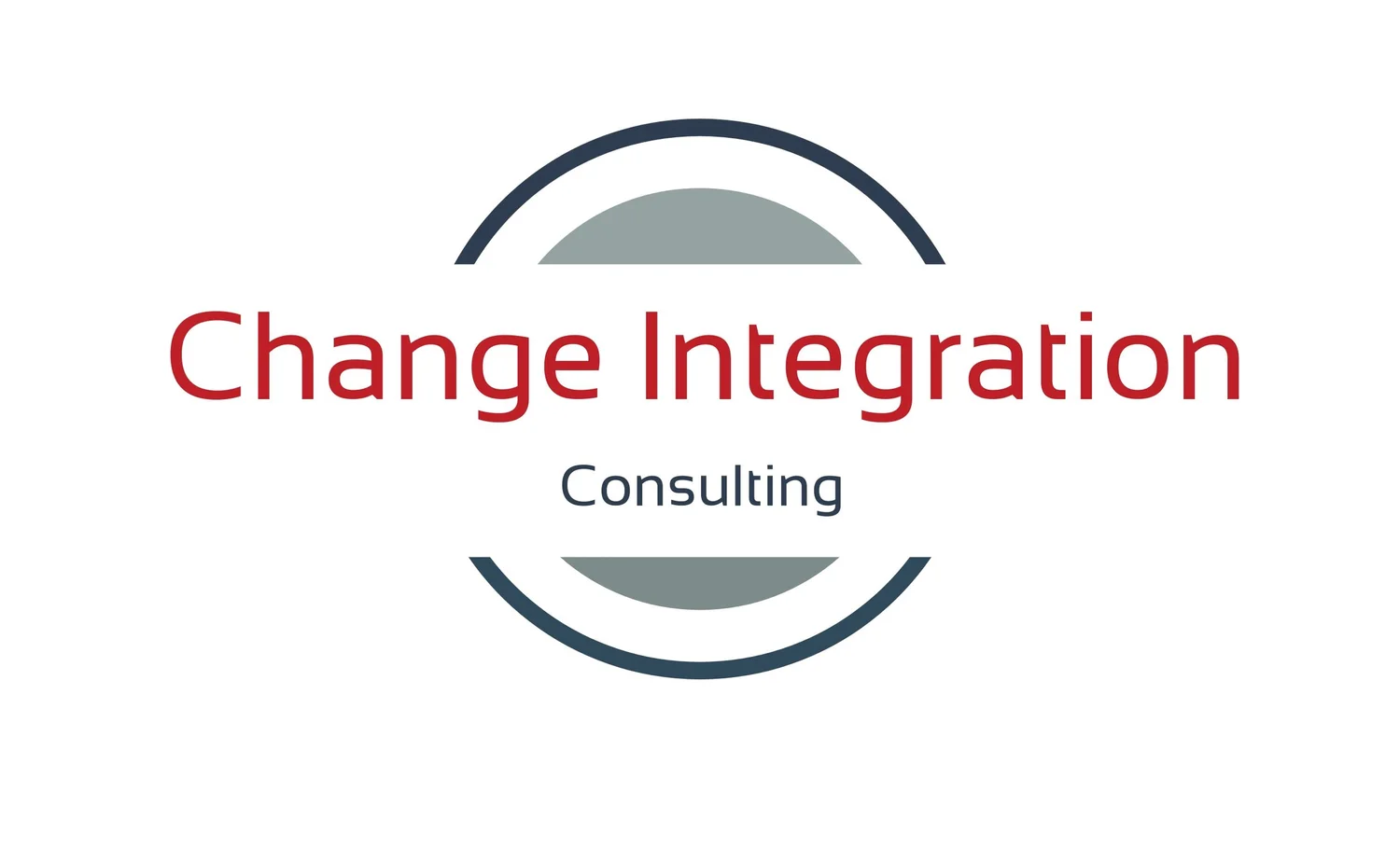Organizational Change & Transformation
Organizational change takes on many faces, including:
Integrating an Acquisition or Merger
Implementing a New Business Strategy
Transforming Culture to Respond to New Imperatives or to Create an Engaged, Value-Driven Workforce
Restructuring Business Units
Implementing New Technology
Improving Enterprise-Wide Business Processes
Three key services to drive successful implementation and benefits realization are:
Leadership Alignment
Organizational Assessment & Design
Change Management
Leadership Alignment
Engage and align leadership to achieve success in planning and implementing change initiatives.
Typical activities:
Clarify Need for Change
Build a Common Vision
Educate on Leadership Roles in Change
Set Expectations and Cadence for Involvement
Determine Metrics for Measuring Success
Change Management
Engage leadership and stakeholders to enable successful implementation of strategic and operational change initiatives.
Approach may involve helping to implement as required the following change levers:
Articulate a Vision
Build a Case for Change
Align Leadership for Success
Assess Change Readiness
Establish a Change Management Office if needed for large programs with many work streams
Engage Stakeholders throughout the Process
Develop the Change Management Strategy and Project Plan
Develop and Execute a Communications Plan
Plan for Deployment
Establish Business Readiness Teams
Develop End-user Training Strategy
Conduct End-User Training
Measure Success
Realign Processes, Policies, Roles and Structures to Reinforce Change
See also Technology Adoption and Learning for implementation of technology driven change, e.g., SAP, Oracle, Lawson, SharePoint
Organizational Assessment & design
Re-design organizations to achieve new levels of performance or implement new business strategies.
Activities involve working with leaders, change teams, and stakeholders to:
Develop Business Performance Targets
Clarify Business Strategy
Assess Current State Organizational Structures, Processes, Culture, Systems, Leadership Brand
Define Future State Vision
Conduct Gap Analysis
Assess Requirements for Change
Design Changes
Develop Implementation Plan and Change Management Plan
Execute Plan
Measure Success
See also Technology Adoption and Learning for implementation of technology driven change, e.g., SAP, Oracle, SharePoint


